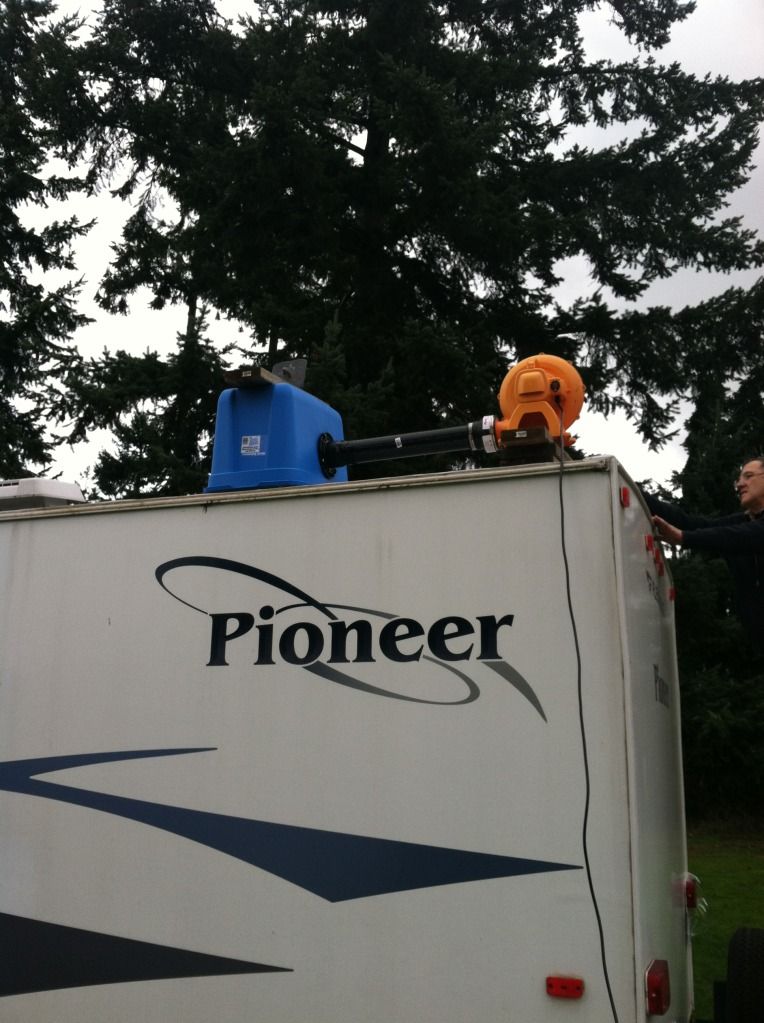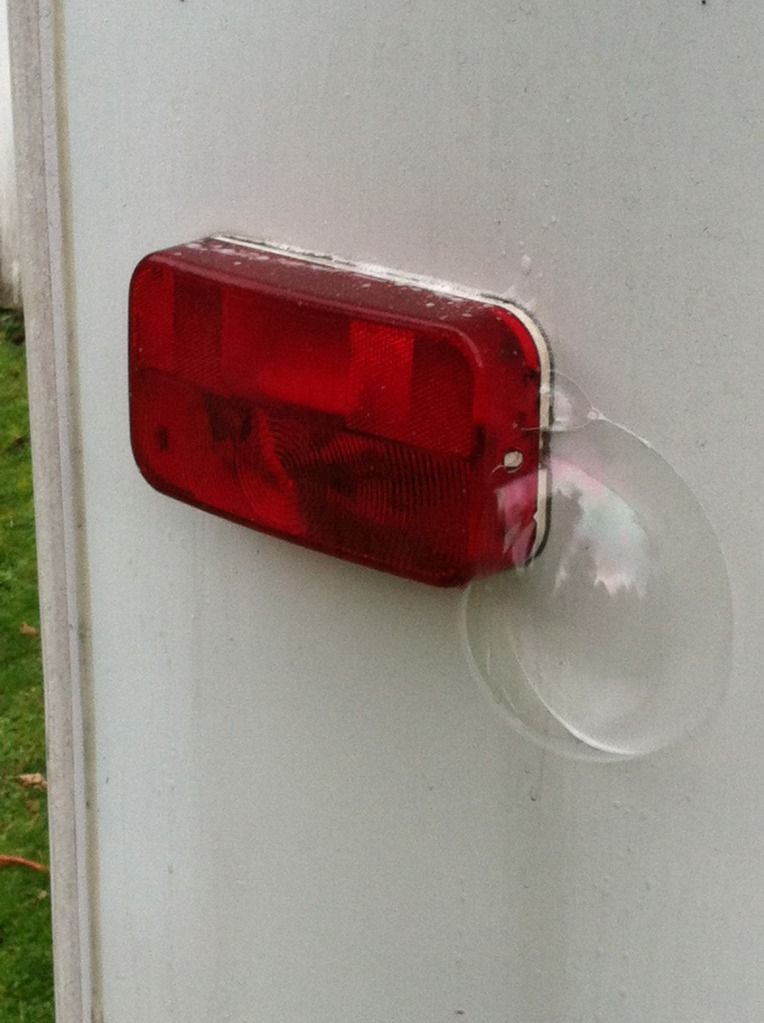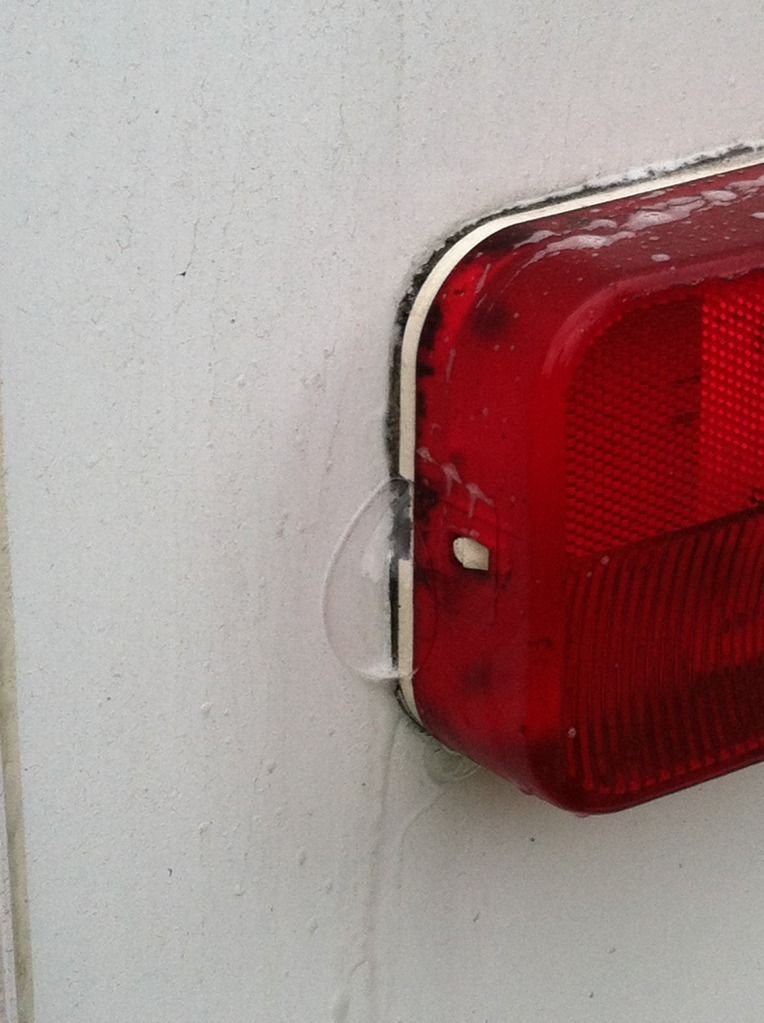Camo
Feb 18, 2013Explorer
My leak test setup
I've been lurking for a while and decided to post a couple of pics of my leak test setup. I bought my first TT a month or so ago and she has a leak and some water damage to the floor (working on fixing that now).
Step one was to find/confirm the location of the leak(s) and fix. I did some poking around here and came up with some good ideas for finding leaks. After some thought of what I have lying around the house I came up with the following: pump for my kids' bouncy house. A trip to Home Depot for some PVC, fittings and a plastic tub ($30) resulted in this setup. Worked like a charm! Found all the leaks this weekend and was pleasantly surprised that there were only a few. With the right setup, a squirt bottle of soapy water can be magic!
Just thought I would share incase anyone else could benefit from this in the future.




Step one was to find/confirm the location of the leak(s) and fix. I did some poking around here and came up with some good ideas for finding leaks. After some thought of what I have lying around the house I came up with the following: pump for my kids' bouncy house. A trip to Home Depot for some PVC, fittings and a plastic tub ($30) resulted in this setup. Worked like a charm! Found all the leaks this weekend and was pleasantly surprised that there were only a few. With the right setup, a squirt bottle of soapy water can be magic!
Just thought I would share incase anyone else could benefit from this in the future.





